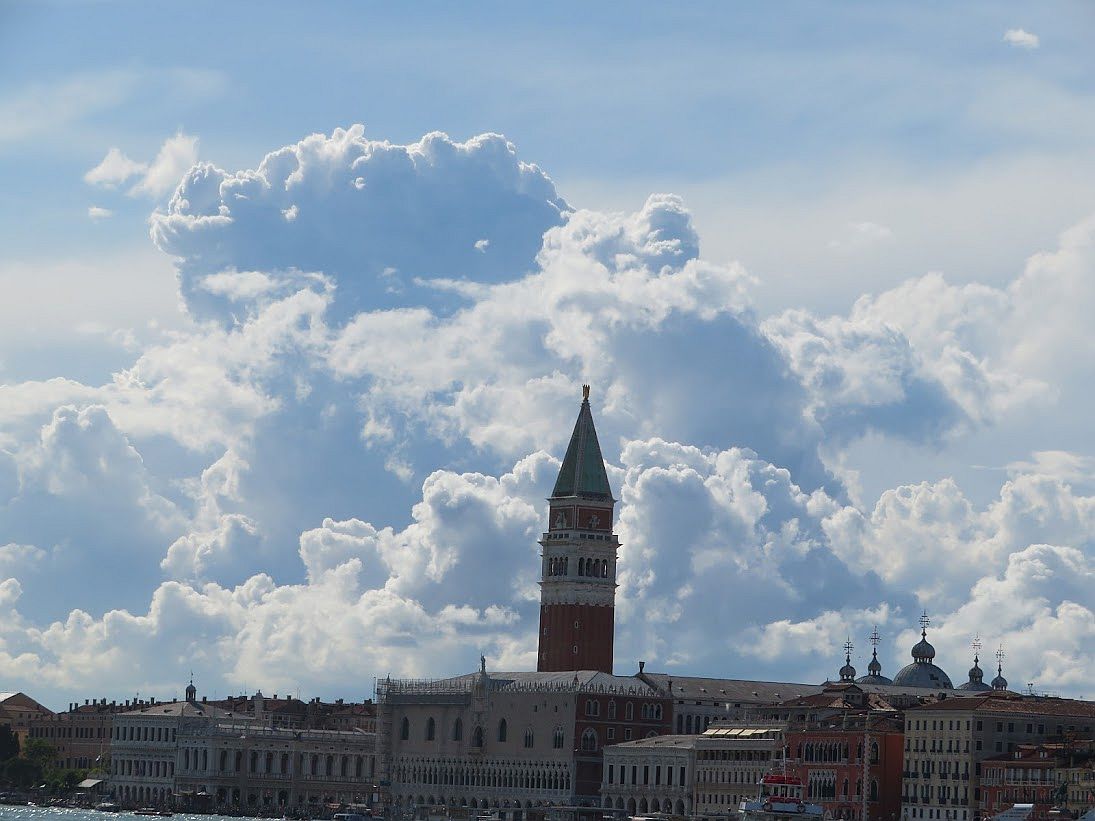
Maybe you remember that in April there was an international wave of publicity/curiosity/dread/disbelief at the announcement that the city government — after nine years of dithering — was ready to start a 29-day program that imposed what was vulgarly called an “entrance ticket” on visitors to the city. (The city, attempting elegance, called it a five-euro “contribution for access.”) To lessen the unpleasant connotations, the plan was termed “experimental,” which means that no matter what happened, everything would be fine. That being the nature of experiments. You want to see what happens.
Many, including your correspondent, were perplexed as to what this project was intended to accomplish. Theories abounded. Mayor Luigi Brugnaro said it was to slow the flow of tourists that was swamping the city. I myself doubted it, because if five euros were a sufficient deterrent to a prospective day-tripper, that person should be spending those five euros on food and shelter instead of lollygagging around the most beautiful city in the world.
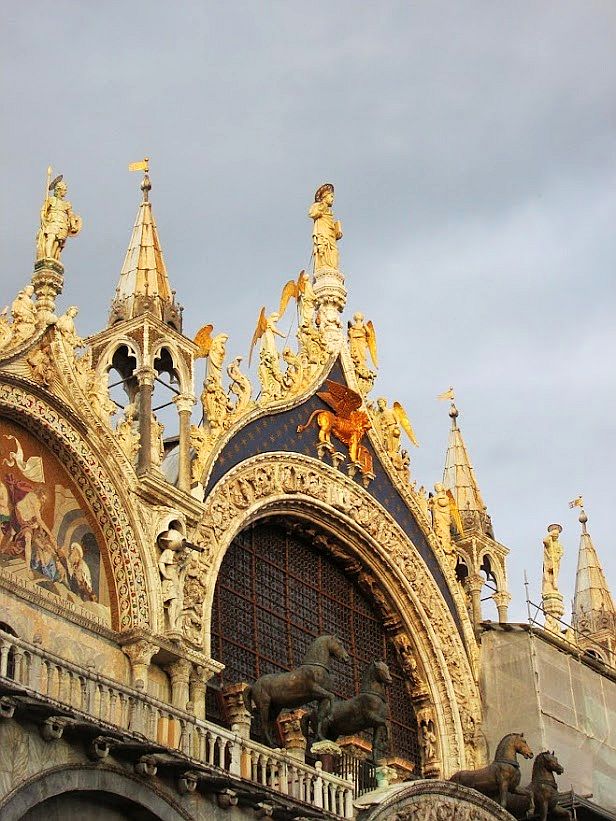
Also, the ticket was only required on weekends and holidays, from 8:00 AM – 4:30 PM. So the flow could easily shift to other days, and other times of day, too. Finally, there were so many exemptions almost nobody, it seemed, was going to have to pony up. Resident Venetians, Veneto citizens, anybody with a job here, tourists who overnight in hotels/apartments, temporary residents, children under 14, students, persons with disabilities, persons participating in a sports event, persons with medical appointments…You get the idea. My favorite: “Going to visit a friend.” You fill out the exemption request on the city’s website naming some Venetian you met once standing in line at the supermarket cash register, and you’re all set. Not saying it ever happened, I’m just saying it could.
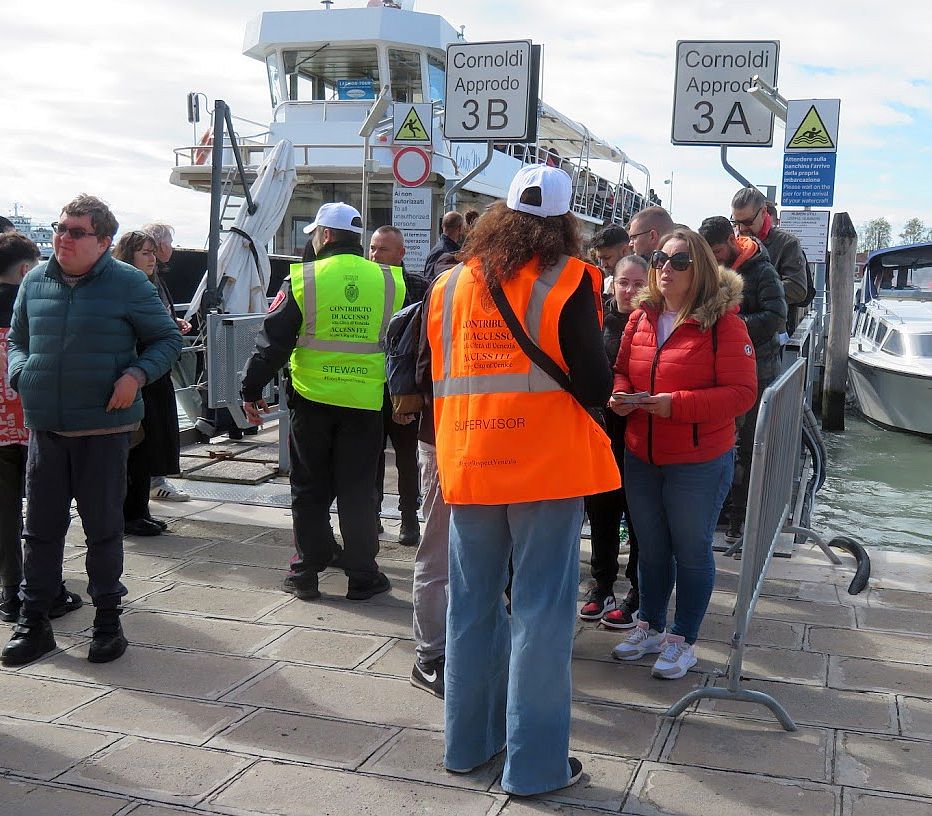
Some more cynical people theorized that this was a cleverly mislabeled method for the city to make some money. Crass! The city denied this, of course, saying that the expenses of administering the program (and staff and other stuff) far outweighed any potential profit. I’m confused. Why is the city pretending to be so bashful about wanting money? We’re already completely accustomed to the tourist tax on overnight visitors. Why wouldn’t there be more fees popping up?
Interestingly, the whole scheme depended on the honor system, which seems like a shaky way either to limit traffic or make money. If you arrived at 7:30 and just walked into the city, there wasn’t a dangerously high probability of being stopped during the day by somebody in uniform asking to see your ticket. It could happen, but as I say, the odds were pretty much on your side.
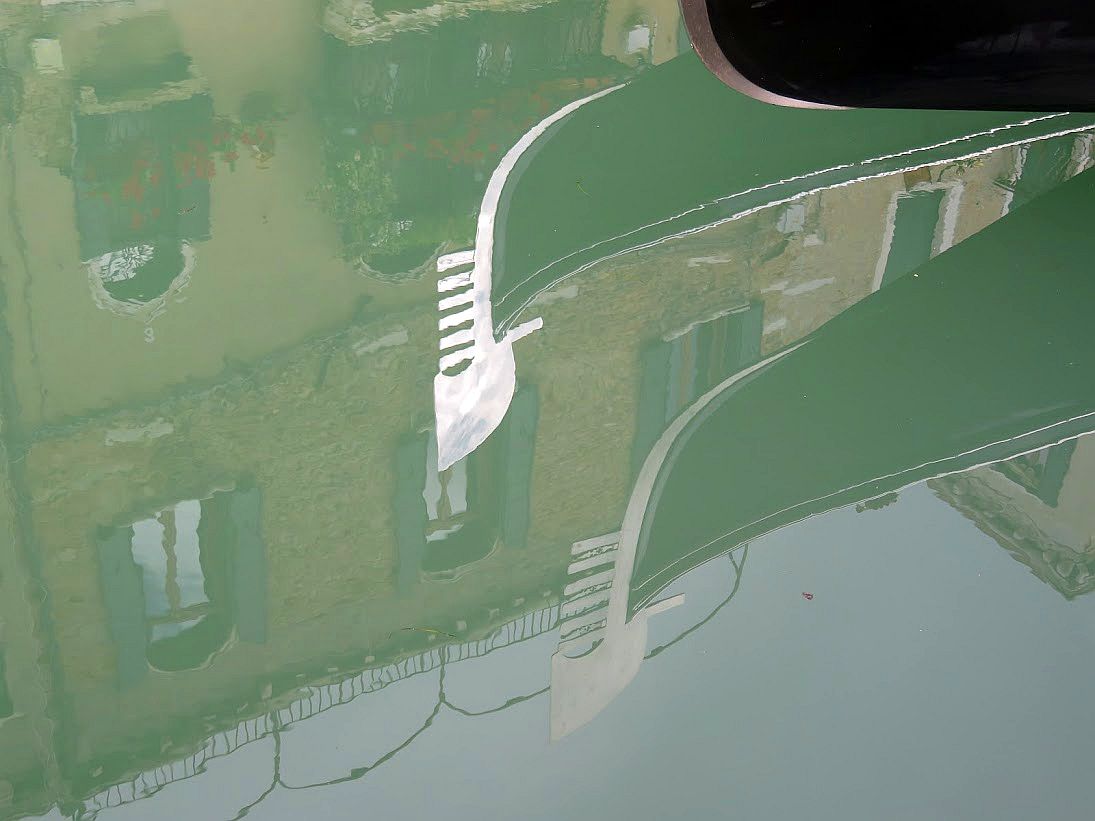
On the city’s side, however, was the fact that there was no limit to the number of visitors, so simply pull out a crisp crackling fiver and you were in.
100,000 tourists arrived on the first day, and 8,000 paid. I’m no good with numbers, but those didn’t seem to indicate much of a deterrent, much less a slot machine pouring out cash. If the system worked as planned, there should have been fewer visitors and therefore less income. How wrong I was.
Deterrent it clearly was not, and the term cash-flow took on exciting new meaning. The city had estimated that in the 29 days of “limited access” there would be 140,000 paying visitors providing 700,000 euros total income. Yet the numbers up to the last two days revealed that there had been 440,000 paying visitors.
And as for those mournful remarks about how much it cost the city to run the program? The earliest report says that 2.2 million euros came in, three times the projected sum.
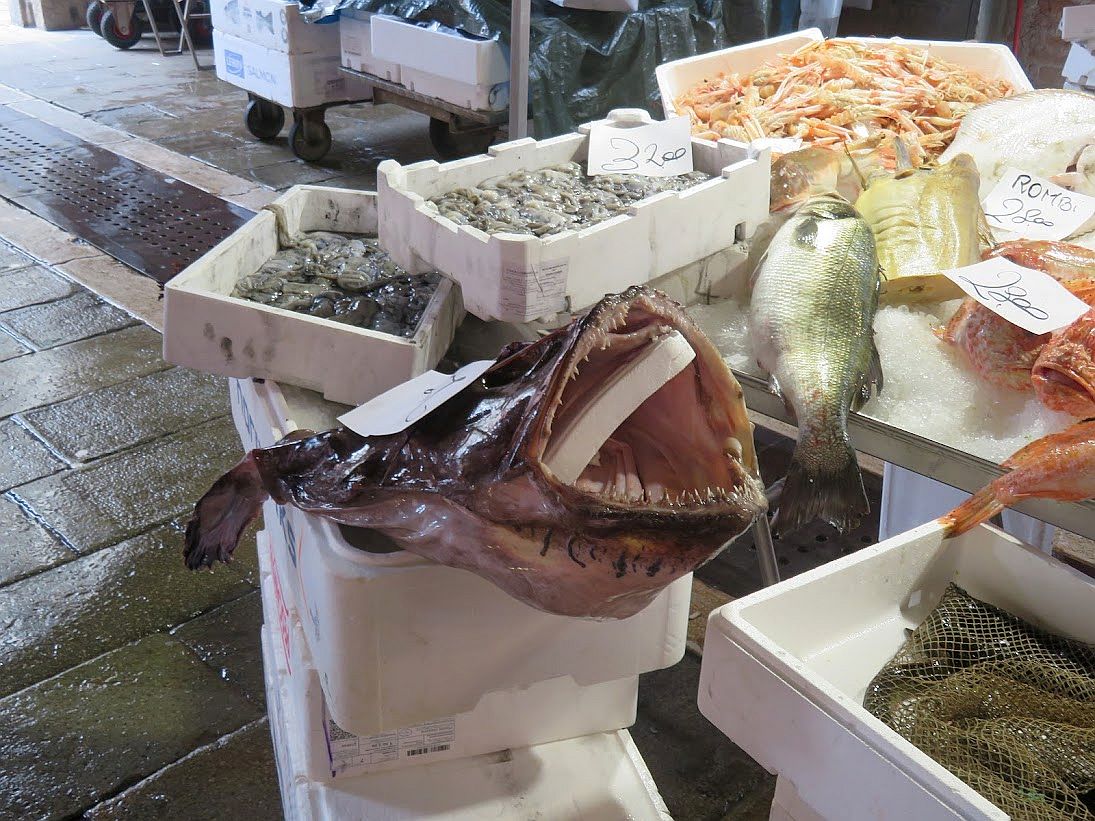
So we are all left with a huge question mark hanging over our heads (“we” meaning those who care, which I do not). What was all that?
At the beginning, the mayor stated that the ticket was “the first step to a plan to regulate the access of day-visitors.” In another interview, he said that “Our objective has always been to put a brake on those who come to Venice just for the day.”
So now, faced with the realization that the five-euro ticket hadn’t slowed the traffic at all, but that in some weird way had actually accelerated the situation, what is the next logical step? Already mooted: Raise the price to ten euros! That’ll keep ’em at bay! Or if not, it’ll bring us cataracts of cash. Either way, the city wins!

(Appreciation to Luca Zorloni’s excellent piece in wired.it)
